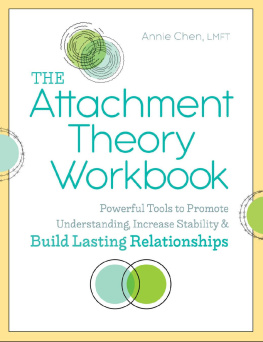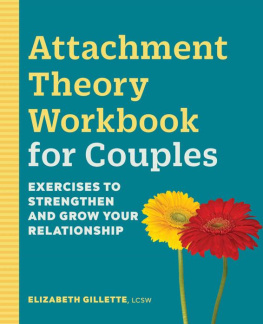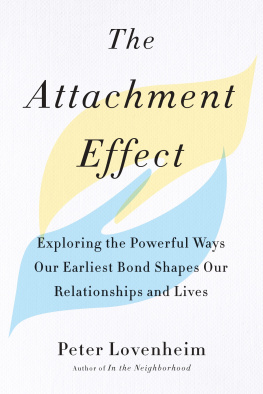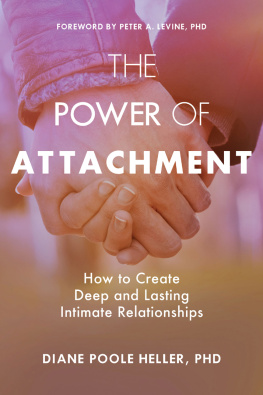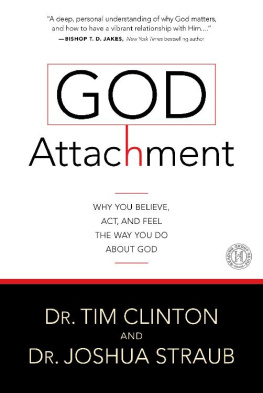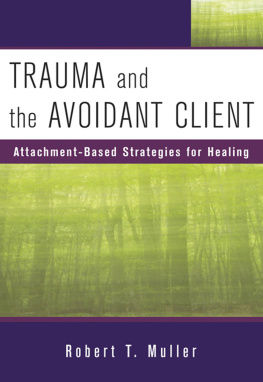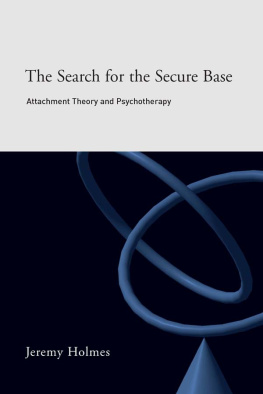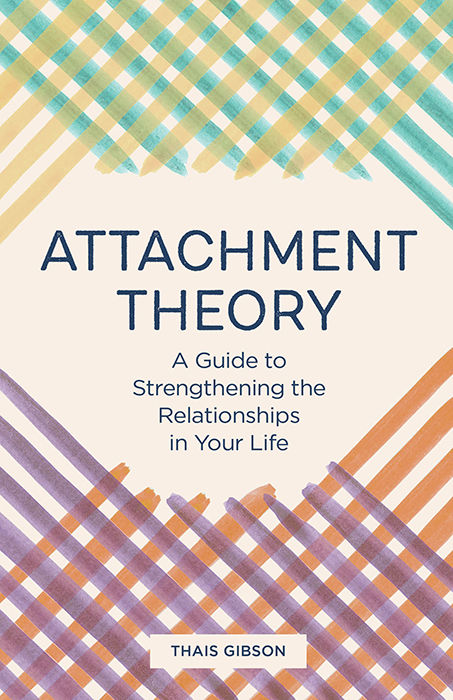
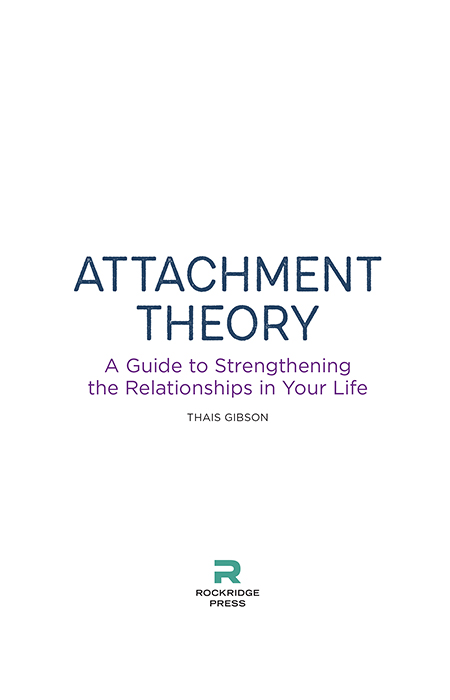
Copyright 2020 by Rockridge Press, Emeryville, California
No part of this publication may be reproduced, stored in a retrieval system, or transmitted in any form or by any means, electronic, mechanical, photocopying, recording, scanning, or otherwise, except as permitted under Sections 107 or 108 of the 1976 United States Copyright Act, without the prior written permission of the Publisher. Requests to the Publisher for permission should be addressed to the Permissions Department, Rockridge Press, 6005 Shellmound Street, Suite 175, Emeryville, CA 94608.
Limit of Liability/Disclaimer of Warranty: The Publisher and the author make no representations or warranties with respect to the accuracy or completeness of the contents of this work and specifically disclaim all warranties, including without limitation warranties of fitness for a particular purpose. No warranty may be created or extended by sales or promotional materials. The advice and strategies contained herein may not be suitable for every situation. This work is sold with the understanding that the Publisher is not engaged in rendering medical, legal, or other professional advice or services. If professional assistance is required, the services of a competent professional person should be sought. Neither the Publisher nor the author shall be liable for damages arising herefrom. The fact that an individual, organization, or website is referred to in this work as a citation and/or potential source of further information does not mean that the author or the Publisher endorses the information the individual, organization, or website may provide or recommendations they/it may make. Further, readers should be aware that websites listed in this work may have changed or disappeared between when this work was written and when it is read.
For general information on our other products and services or to obtain technical support, please contact our Customer Care Department within the United States at (866) 744-2665 or outside the United States at (510) 253-0500.
Rockridge Press publishes its books in a variety of electronic and print formats. Some content that appears in print may not be available in electronic books, and vice versa.
TRADEMARKS: Rockridge Press and the Rockridge Press logo are trademarks or registered trademarks of Callisto Media Inc. and/or its affiliates, in the United States and other countries, and may not be used without written permission. All other trademarks are the property of their respective owners. Rockridge Press is not associated with any product or vendor mentioned in this book.
Interior and Designer: Jill Lee
Art Producer: Tom Hood
Editor: Marisa A. Hines
Associate Editor: Sammy Holland
Production Editor: Jenna Dutton
ISBN: Print 978-1-64611-545-7 | eBook 978-1-64611-546-4
R0
CONTENTS
My name is Thais Gibson, and the intention of this book is to teach you how your childhood experiences affect your adulthood relationshipswhether they are platonic, romantic, or familial. This book combines attachment theory and a variety of therapeutic techniques to help you identify what attachment style you or your loved ones have and to heal the core wounds that each attachment style may have.
Throughout the years I have spent working with thousands of people in client sessions, seminars, and online programs at the Personal Development School, I have found clear parallels between adult behavior and childhood experiences. This book will combine traditional teachings with knowledge of subconscious patterns to provide tools for deep transformation. The tools throughout this book combine traditional psychological methodologies with new, cutting-edge techniques that I have developed in order to facilitate powerful change.
Throughout this book, you can expect to learn what your attachment style is, what the attachment styles of those around you are, and what steps you must take to become the healthiest version of yourself. It will specifically delve into the underlying habits of Dismissive-Avoidants, Fearful-Avoidants, Anxious Attachments, and Secure Attachments. Moreover, the core subconscious wounds that are associated with those attachment styles will be revealed, and through three primary forms of therapyAcceptance and Commitment Therapy, Cognitive Behavioral Therapy, and RAINI will teach you how to reprogram your subconscious mind.
If you find yourself interested in learning more about yourself and your wellness, I have created a series that offers a wide range of teachings, with courses ranging from Attachment Styles to Discovering Your Unmet Needs.
For more information, visit personaldevelopmentschool.com.
If youre reading this workbook on a touch-screen device, you can add notes and highlight text just like you would in a physical workbook.
Some sections will prompt you to write in answers or personal responses. Its easygive it a try right here: ___________.
With your finger, tap and hold for a few moments on the line above. Depending on the device youre using, an icon such as a magnifying glass will appear. Lift your finger and youll see an options menu. Select Note (or Notes) to add and save your own text. When youre done, an icon or highlighted area will remain, which you can always return to and tap if you want to reopen and read or edit your note.
The same tap-and-hold options menu offers Highlight or Color, which you can select if you want to highlight a passage or check a box. Experiment with it: By swiping your finger before releasing you can select entire sentences or paragraphs. The options menu also offers Bookmark for when you want quick access back to certain pages.
This method is the same on nearly all touch-screen ebook devices, but some have slight variations. If youd like more information specific to the device youre holding in your hands, a quick online search will yield best results.
This book is divided into three sections:
An introduction to attachment theory
An overview of attachment styles
The techniques required to heal your attachment style
Within the , you will learn the history of attachment theory and understand how it has evolved over time to better encapsulate behavior that stems from childhood experiences. While there is no incorrect way to learn from this book, you will obtain the most value from reading all sections chronologically since each section builds on those before it.
The will delve into how attachment styles originate. This section will help you understand what attachment styles you and others in your relationships may have. Once you understand how your style is created, you can begin to understand what unmet needs you may have and how you project certain outdated beliefs onto your everyday life.
From there, the will give you the tools that you need to reprogram the outdated beliefs causing chaos in your life and relationships. Each form of therapy will be expanded upon based on my personal research findings to help create real change in your life!
By learning about the different attachment styles and how they change in different relationships, you can learn how to heal the dynamic between yourself, your partner, and those closest to you.
ATTACHMENT THEORY
Throughout this book, I will be taking you on an introspective exploration of yourself, your attachment patterns, and the attachment patterns of your loved ones. This will help produce a better understanding of how to move through challenges in relationships, how to transform triggers, and how to more deeply love and understand yourself and others.
Next page


